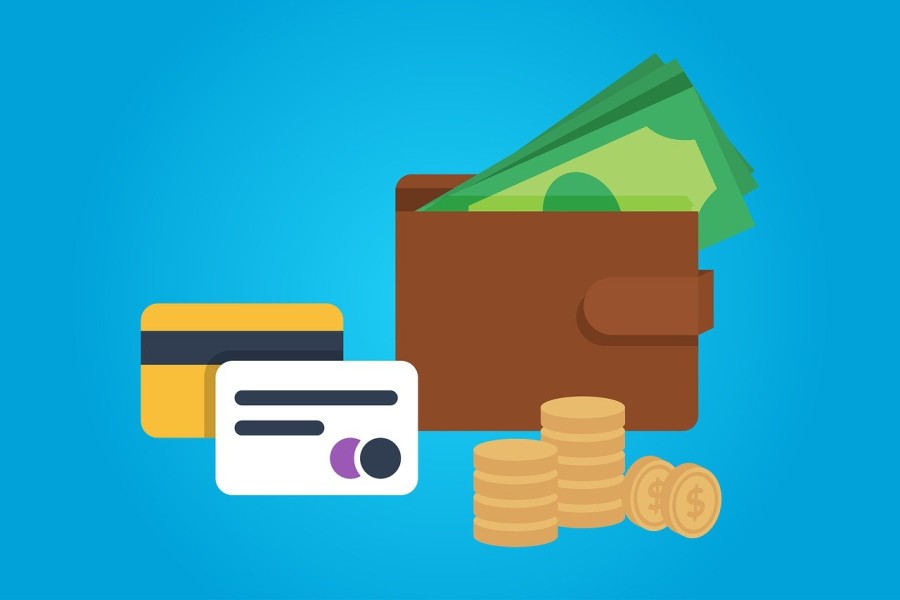Loan default occurs when a borrower fails to make the required payments on a loan according to the agreed-upon terms. It can happen with any type of loan, such as personal loans, student loans, or mortgages. Defaulting on a loan can have serious consequences, including damage to your credit score and legal action from the lender. However, there are steps you can take to get out of default and improve your financial situation. This article will explain what loan default is and provide simple steps to help you recover from it.
What is Loan Default?
Loan default happens when you fail to repay your loan as agreed. This can occur after missing several payments or after one missed payment, depending on the loan terms. When you default on a loan, the lender considers you a risk, and this can negatively affect your credit score.
Causes of Loan Default
Several factors can lead to loan default, including:
- Financial Hardship: Loss of job, medical emergencies, or other unexpected expenses.
- Poor Financial Planning: Borrowing more than you can afford to repay.
- Lack of Awareness: Not understanding the loan terms or forgetting payment dates.
Consequences of Loan Default
Defaulting on a loan can have several negative impacts:
- Credit Score Damage: Your credit score drops, making it harder to get future loans.
- Legal Action: Lenders may take you to court to recover the money.
- Asset Seizure: For secured loans, the lender can take possession of the collateral.
Also Read: What to Ask Before Taking a Personal Loan?
Steps to Get Out of Loan Default
-
Assess Your Financial Situation
Look at your income, expenses, and outstanding debts. Understanding your financial position is the first step in finding a solution.
-
Contact Your Lender
Communicate with your lender as soon as you realize you might default. Many lenders are willing to work with you to find a solution, such as adjusting the repayment schedule.
-
Explore Repayment Plans
Lenders may offer different repayment options like extending the loan term or lowering the loan interest rate. For example, with an Airtel personal loan, you might be able to renegotiate the terms to better fit your current financial situation.
-
Consolidate Your Loans
Loan consolidation involves combining multiple loans into a single loan with one monthly payment. This can simplify repayment and often results in lower monthly payments.
-
Seek Financial Counseling
Financial counsellors can help you create a budget, manage your debts, and negotiate with lenders.
-
Consider Refinancing
Refinancing involves taking out a new loan to pay off the existing one, often at a lower interest rate. Ensure you meet the loan eligibility criteria and have the necessary documents.
-
Automatic Payments
Setting up automatic payments can help ensure you don’t miss any future payments. Many lenders offer discounts for auto-pay.
Preventing Loan Default
- Borrow responsibly: Only borrow what you can afford to repay.
- Maintain a Budget: Track your income and expenses to avoid overspending.
- Save for Emergencies: Having an emergency fund can prevent financial hardship.
Conclusion
Loan default is a serious financial setback, but it’s not insurmountable. Taking proactive steps such as assessing your finances, communicating with your lender, and exploring repayment options can help you regain financial stability. Seeking professional advice and utilising tools like loan consolidation or refinancing can also aid in your recovery.
Also Read: Missed your Loan EMI Payment? Here are the Consequences
FAQs
- What is loan eligibility?
Loan eligibility refers to the criteria that a borrower must meet to qualify for a loan. This includes factors like credit score, income, and employment status.
- What documents are required for an Airtel personal loan?
Usually, you will need identity proof, address proof, income proof, and bank statements. Specific requirements may vary.
- How can I apply for an instant loan?
You can apply online through the lender’s website or app. Fill out the application form, upload the necessary loan documents, and wait for approval.
- What should I do if I can’t make a loan payment?
Contact your lender immediately to discuss your situation. They may offer options such as a payment extension or a modified repayment plan.
- How does loan consolidation help?
Loan consolidation combines multiple loans into one, often with a lower interest rate and a single monthly payment, making it easier to manage your debt.


 Get App
Get App  Airtel Store
Airtel Store  Login
Login 


